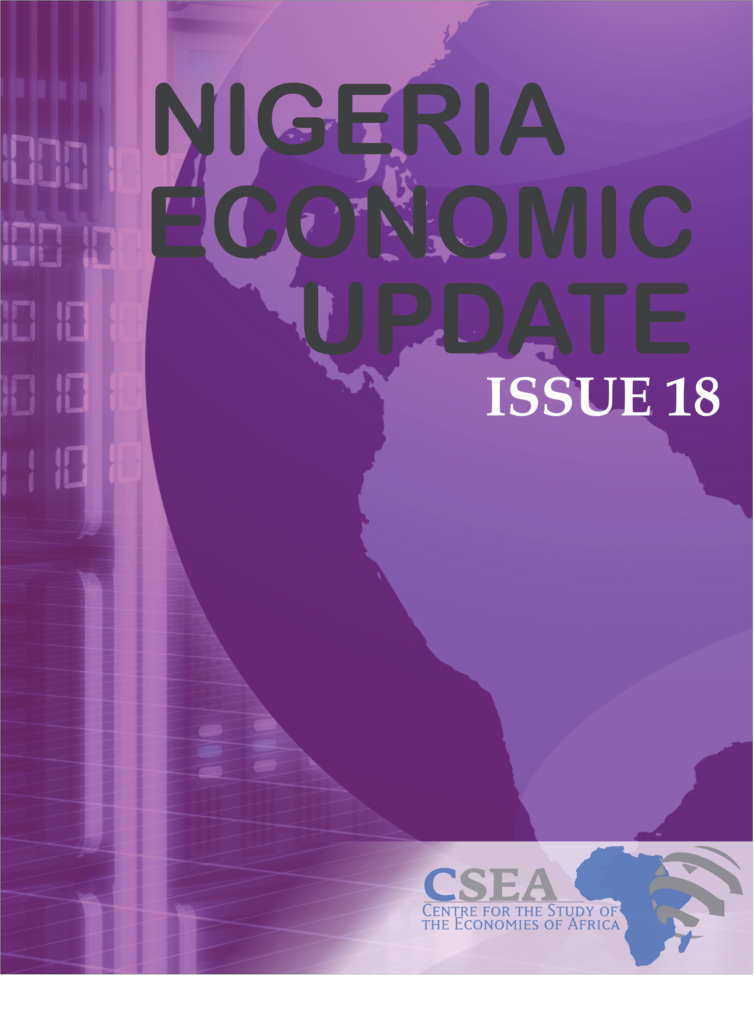According to the World Bank, poverty level in Nigeria increased in 2017 with almost half the Nigerian population living in extreme poverty. As stated in the “Nigeria Biannual Economic Update” report, approximately 49.2 percent of Nigeria’s population live below the PPP $1.90 per capita per day poverty line in 20171 – an uptick of 0.8 percentage points. Particularly important is that despite emergence from recession in 2017, poverty and unemployment levels increased. The World Bank suggests that prospects for poverty reduction have been jeopardized by limited connective infrastructure, and policy makers’ inability to identify interventions best suited for development potentials.
Macroeconomic Report & Economic Updates

May 31, 2018
Nigeria Economic Update (Issue 18)
According to the World Bank, poverty level in Nigeria increased in 2017 with almost half the Nigerian population living in extreme poverty. As stated in the “Nigeria Biannual Economic Update” report, approximately 49.2 percent of Nigeria’s population live below the PPP $1.90 per capita per day poverty line in 20171 – an uptick of 0.8 […]
Read →
Related
Nigeria Economic Update (Issue 1)
Nigerias external reserves improved in 2017. The reserve stood at approximately $39 billion as at the end of December 2017, up by about 50 percent from the $26 billion at the beginning of the year 20172. The surge in reserve was particularly boosted by increased capital importation, and crude revenue earnings prompted by a relatively higher crude oil price and improved domestic production. Given that the recent uptick in external reserves is still largely associated with improved crude oil price, efforts should be geared towards conserving current reserve gain so as to cushion future external shock. In the medium term, there is need to diversify export earning away from oil so as to mitigate the effects of volatility in crude oil prices.
